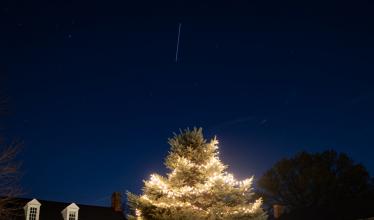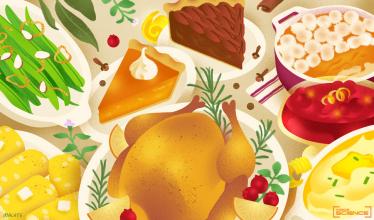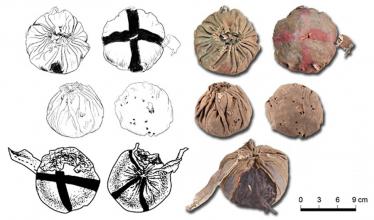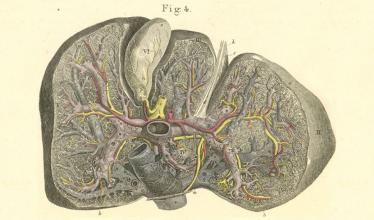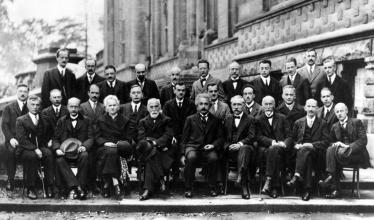Culture
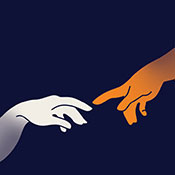 The unexpected science of everyday things
The unexpected science of everyday things
Science is a mirror that reveals sometimes hidden, often unexpected and always astounding insights into everyday things and human life. Here we explore everything you always wanted to know about holidays, food, art, music, books, games, TV, film, education, urban life and crime — as well as human history, archaeology and anthropology.
Inside Science offers thanks and recognition for scientific accomplishments during a challenging year.
Images from the end of 2020 filled with wonder, exuberance and hope.
An interview with baker and onetime chemical engineer Melissa Weller.
Analysis of dental plaque more than 3,000 years old reveals traces of proteins from bananas, soybeans and turmeric.
Masks may make communication even more difficult for those with hearing loss or who face language barriers.
Optimally cutting lots of complex shapes from a sheet of dough is even harder than many researchers suspected.
Psychologists say 2020's stream of bad news has probably hurt the mental health of people who follow it closely.
Celebrating the Indigenous people of the Americas who revolutionized what the world eats.
New courses could help prepare young doctors for the medical challenges of a warming world.
The hair-filled balls were discovered in a 3,000-year-old cemetery in northwestern China.
The new Nobel Prize for hepatitis C follows Blumberg's 1976 Nobel for hepatitis B. Both discoveries helped make blood transfusions safe.
While groups have won the Nobel Peace Prize, the science prizes have been limited to three individuals per prize per year.


